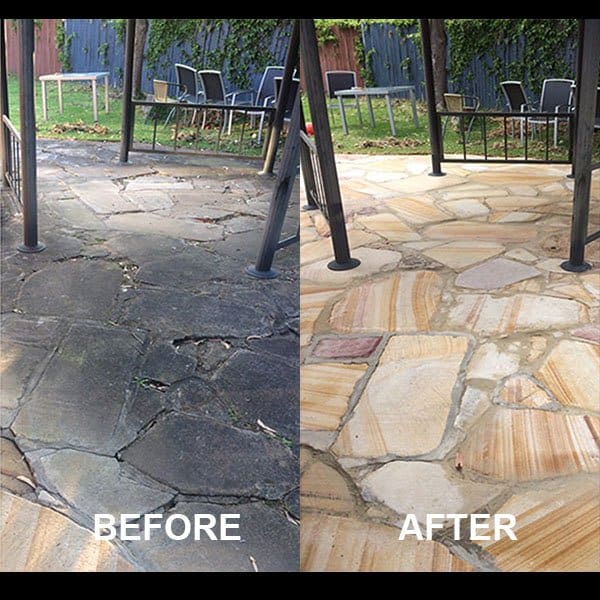The art of stone restoration is a skill that weaves together artistry with technical knowledge, reviving into stone surfaces that tell stories of history and human achievement. If you're looking to restore an old stone fireplace, maintain a historic building, or simply rejuvenate your patio, understanding the right materials and methods is essential. This comprehensive guide will illuminate the various techniques involved in restoring stone, helping both enthusiasts and professionals navigate the complexities of renewing stone surfaces and also preserving their character.
As we delve into this subject, we will examine essential materials that are best for different types of stone, revealing the latest innovations in restoration techniques. Along the way, we will discuss common mistakes to steer clear of and explore useful tips to keep your stone surfaces in the best condition. With marble repair sydney , stone restoration becomes not just a task, but a fulfilling experience that honors the past while enhancing the present. Whether you're contemplating a DIY project or considering hiring a professional, our insights will equip you with the necessary information to make wise choices.
Frequent Errors in Stone Refurbishment
One of the most mistakes encountered in stone refurbishment is not correctly determining the type of rock being restored. Each rock kind—whether it is granite—has unique properties and needs specific nurturing approaches. Employing the inappropriate cleaning substances or restoration methods can result to permanent deterioration, like scratching or discoloration. Therefore, it is crucial to have an knowledge of the stone's makeup and attributes prior to starting any restoration project.
A further common mistake is failing to prepare the area properly before using any coatings. Failing to clean the stone thorough can result in ensnared grime and debris, which hinders the performance of sealers or other defensive layers. This error not only jeopardizes the refurbishment procedure but may also lead to future problems such as mold or mildew proliferation. A correct washing and drying procedure should be created to ensure the area is ready for the products to be used.
In conclusion, a lot of individuals underestimate the necessity of using suitable protective treatments post-restoration. Once the rock has been restored to its native state, applying a high-quality sealer is crucial to protect the effort and prevent future deterioration. A lot of people mistakenly think that refurbishment only is adequate, overlooking continuous care. It is crucial to recognize that proper sealing and consistent care can dramatically increase the durability of the restored rock surfaces, keeping them appearing attractive for an extended period to come.
Best Materials for Historic Home Restoration
When preserving historic homes, selecting the right materials is paramount to preserve authenticity and structural integrity. One of the most favored materials for stone restoration is limestone rock, known for its durability and natural beauty. It matches the appearance of many historic buildings, making it perfect for facades and load-bearing elements. Additionally, lime mortar is preferred over modern cement because it allows buildings to ventilate and minimizes the risk of moisture damage, which can be harmful to older structures.

Another important material is sandstone rock, often used in regions where it is available nearby. Its ease of use and varied colors provide versatility in design, allowing restorers to match the original stone used in construction. https://notes.io/wJ8Ca weathering also allows for a smooth integration with the existing structure, enhancing the home’s traditional aesthetic. Care should be taken to use suitable stone for repairs to maintain water drainage and heat regulation.
Lastly, terracotta is increasingly being utilized for restoring historic homes, especially in roofs and ornamental elements. Known for its traditional use in various architectural styles, terracotta offers both structural benefits and aesthetic appeal. Its thermal properties also provide energy efficiency advantages, serving as an efficient insulator. Using traditional materials like terracotta not only ensures authenticity but also respects traditional construction methods, making it a valuable addition to any restoration project.
DIY vs. Professional Stone Restoration
When it comes to stone refurbishment, property owners often face a decision between tackling the project on their own or hiring a professional. Do-It-Yourself refurbishment can be appealing due to cost savings and the individual satisfaction of completing a task. Many individuals find success in minor fixes and upkeep, such as washing and re-sealing rock surfaces. With readily available products and online tutorials, some tasks can be effectively managed without the help of an expert.
However, not all stone refurbishment jobs are suitable for DIY enthusiasts. Bigger projects or those that require intricate refurbishment techniques often require expertise and specific tools. Experts bring expertise of the materials and the correct methods to refurbish stone surfaces while preserving their historical significance. They can assess the condition of the rock, identify potential risks, and execute remedies that ensure long-lasting outcomes.
Ultimately, the choice between DIY and expert restoration depends on the task's scale, difficulty, and the property owner's skill set. For minor fixes, Do-It-Yourself may be adequate, but for major refurbishment projects, engaging a specialist can provide peace of mind and optimal results, ensuring the rock is not only restored but also preserved for future generations.
